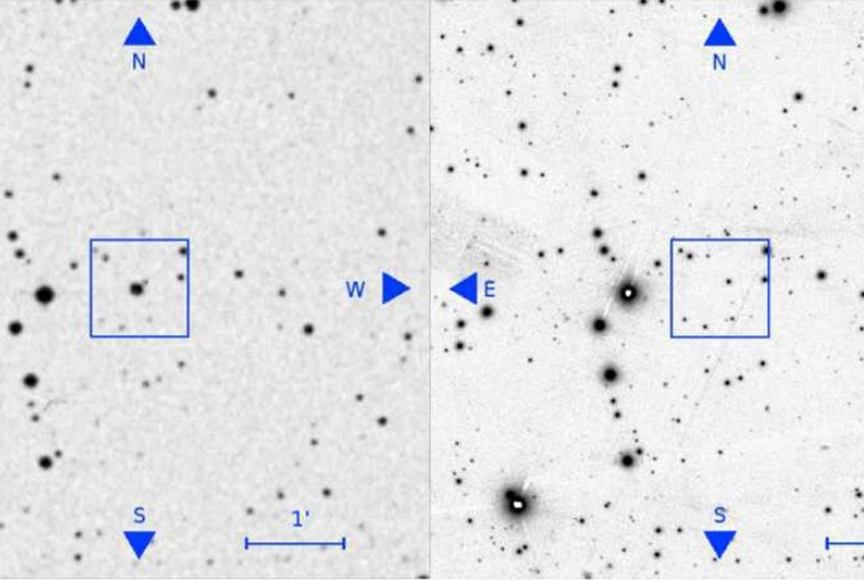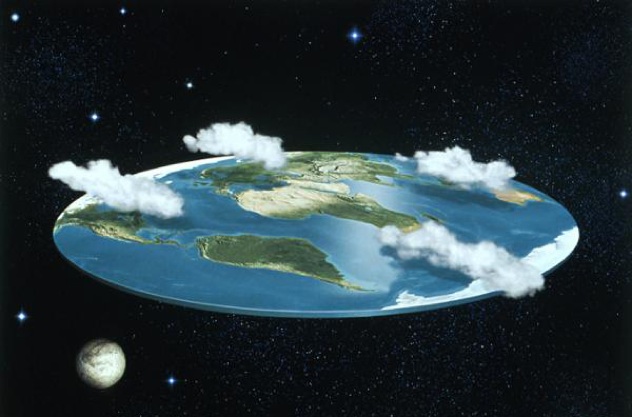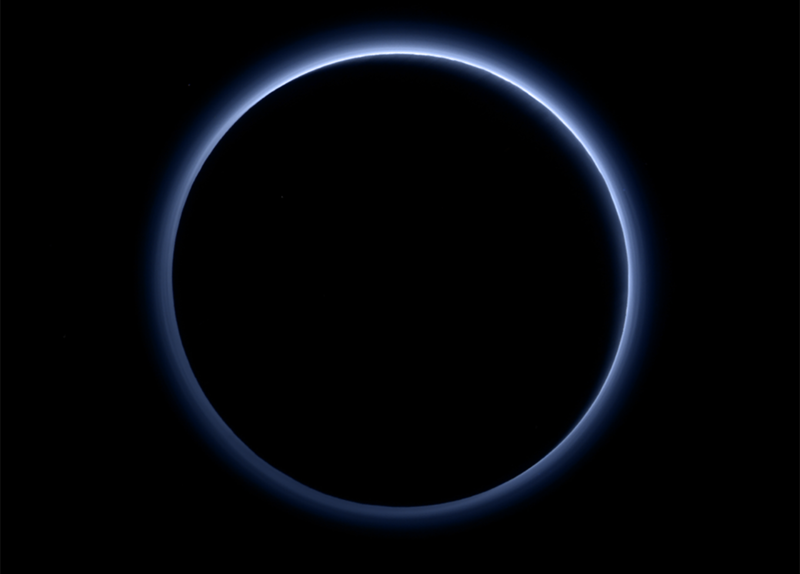A different kind of volcano: Scientists find evidence of an “extreme chemical reservoir” beneath the Earth’s surface
12/16/2019 / By Grace Olson

Most volcanoes are formed through similar geological processes – except for the one in Bermuda. A recent study found that the volcano’s origins lay deep inside the mantle of the Earth, from a region called the transition zone.
The study is a collaboration between researchers from Germany, Russia and the US. Their findings, which are published in the journal Nature, not only answered some long-standing questions about Bermuda, they also revealed a new way for volcanoes to form.
A core sample with secrets
Bermuda has always been an island of mystery. Scientists used to think that it was like Hawaii, which is formed through a mantle plume. Millions of years ago, a stationary plume ejected molten rock, becoming a series of volcanic islands. However, this theory did not exactly apply to Bermuda.
To find some answers, scientists back in 1972 drilled out a 2,600-foot pillar of rock. It is the only core sample taken from Bermuda. Back then, however, technology wasn’t advanced enough for the scientists to properly determine its geophysical properties. The core sample was placed at Dalhousie University in Canada, mostly forgotten, along with its secrets.
Almost 50 years later, a new team of researchers reexamined it once more. Armed with newer techniques and knowledge, they began to unlock its mysteries one by one.
A new way to form volcanoes
Volcanoes usually form in three ways. The first one is that plumes are rising from the Earth’s molten mantle. The second one is that two tectonic plates diverge from each other, creating a gap in the ocean floor for lava to come through. The last happens in subduction zones when a tectonic plate slides underneath another.
The researchers did not find evidence from the core sample to support any of those known methods. Instead, they found an interesting mix of chemicals that are not commonly found in areas with known volcanic activity.
“I first suspected that Bermuda’s volcanic past was special as I sampled the core and noticed the diverse textures and mineralogy preserved in the different lava flows,” explained Sarah Mazza, study co-author and geochemist from the University of Muenster. “We quickly confirmed extreme enrichments in trace-element compositions. It was exciting going over our first results … the mysteries of Bermuda started to unfold.”
Researchers noticed that minerals that were usually dry were wet. Moreover, the amount of silica, which is numerous in volcanic rocks, was uncommonly low. They also found that the rock sample contained unusual proportions of lead. This indicated that the source was not from the upper mantle, but somewhere deeper.
The geophysical properties of the core sample matched it to a place researchers did not expect: the transition zone.
The transition zone is found between the upper mantle and the lower mantle. Contrary to expectations, the zone is filled with crystals, melted rock and lots of water. In fact, it had enough water to fill three oceans.
Using computer models, researchers came up with a theory to explain how it happened. Around 30 million years ago, a disturbance in the Atlantic ocean caused materials to melt and percolate to the crust. These materials were later extracted along with the core sample. (Related: Scientists thought they knew volcanoes – until they looked under Bermuda.)
The researchers received a lot of praise for discovering a new way to form volcanoes and shining some light on the origins of Bermuda. While the researchers were fairly confident in their theory, they called out the need for further studies to corroborate their theory.
The team noted that most of their evidence came from a core sample extracted in 1972. Imagine what potential discoveries lie within other rock collections.
Sources include:
Tagged Under: Bermuda, breakthrough, core, core sample, discoveries, Earthquakes, environment, geology, lower mantle, research, transition zone, upper mantle, volcano, volcanoes
RECENT NEWS & ARTICLES
COPYRIGHT © 2017 DISCOVERIES NEWS



















